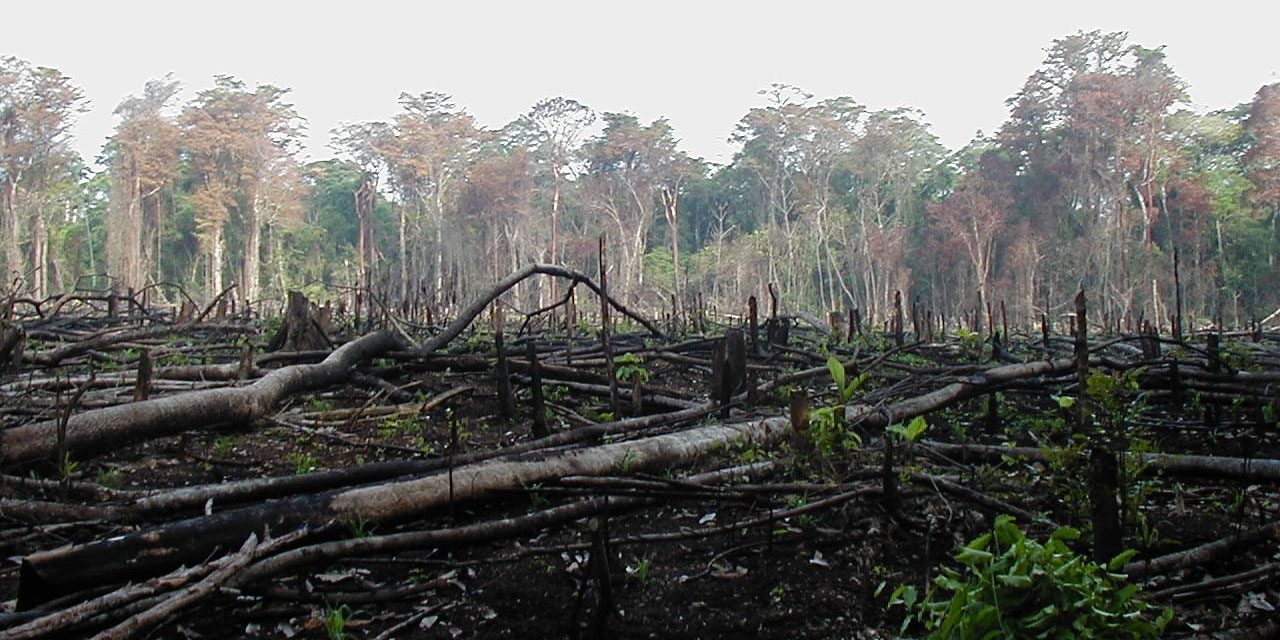Deforestation in Colombia surged after the demobilization of the FARC as it opened previously untouched rainforest to harmful and unregulated development. The increase in military presence isn’t helping, according to new research.
The investigation by the Economics department of Del Rosario University in Bogota released last month looked into how the FARC’s demobilization led to a surge in rural investment and rapid deforestation in the guerrillas’ former territory.

This trend appeared to continue in 2018, according to the statistics provided by IDEAM.
The former guerrilla territories tend to have significantly less state and judicial capacity, meaning that there is no agency to monitor and control development.
Without an efficient set of local judiciary and control institutions to restrict illegal behavior such as unauthorized deforestation, previously controlled FARC areas have been subject to higher levels of environmental degradation.
Civilization’s scorched earth: how humans colonize the Amazon forest in southern Colombia
Cattle ranchers, not coca growers, are the main problem
When Ivan Duque traveled to Europe last month, he accused environmentalists of ignoring the environmental effects of coca cultivation, implying that cocaine production is a leading contributor to the deforestation patterns.
President Ivan Duque
In contrast, the researchers asserted that the more large scale economic activities of cattle ranching and mining, both of which are endorsed by the Duque administration, are the main contributors to Colombia’s deforestation.
Economics department of Del Rosario University
Cattle ranching is observed as a “massive deforestation pattern”, as it is an incredibly land-intensive economic activity. According to the UN Food and Agricultural Organization, cattle ranching has consistently been the main source of deforestation in Latin American since the 1990s.
Coca cultivation is in contrast a “granular deforestation pattern”, as it is a small scale agricultural endeavor, according to the study. The researchers found no significant effect of coca production on deforestation, as the magnitude is simply not compatible with the current levels. Rather, they found that economic activities in larger magnitude, cattle ranching in particular, are a significant contributor to the problem.
Military presence is making things worse
The researchers also found that previously controlled FARC areas with less military presence have experienced lower levels of deforestation than those with high military presence.
This is because the military is not monitoring environmentally degrading activities. They are protecting investors from extortion or theft by dissident guerrillas, and protection of the business environment is in turn exacerbating deforestation.
The main conclusions by the researchers are that the demobilization of FARC following the peace agreement created economic incentives that have led to deforestation.
The results highlight the need for legislation surrounding sustainable development practices in these areas.
While Duque has blamed the production of cocaine for environmental degradation in his country, it is nowhere near the impact his government’s economic and post-conflict policies seem to have.



